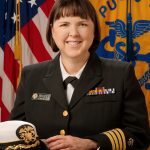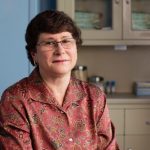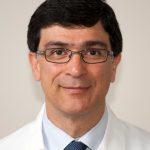Carolyn B. Bridges, MD, FACP
CAPT., U.S. Public Health Service
Associate Director of Adult and Influenza Immunizations
Immunization Services Division, NCIRD
Centers for Disease Control and Prevention
Flu and You
Flu activity is still elevated in the U.S., and is expected to continue for several weeks. Most people who get the flu will have mild illness and recover in less than two weeks. However, some people are at high risk for complications that can result in hospitalization and sometimes death. These high-risk groups include adults 65 years of age and older, and adults with certain medical conditions.
During most flu seasons, people 65 years and older make up the group in the population most likely to become ill with severe flu. It is estimated that between 54% and 70% of seasonal flu-related hospitalizations occur among people in this age group.
Furthermore, diabetes and chronic heart disease are among the most common long-term medical conditions that place people at higher risk for serious flu complications. Diabetes and heart disease are among the leading causes of death in people 65 years and older. However, only 63.4% of people in this age group reported getting a flu vaccine during the 2015-16 flu season.
Even if these medical conditions are well managed, the flu can make long-term health problems worse.
Take 3 Actions to Fight Flu
The good news is you can stay in control of your health.
Take 1: The best way to prevent the flu is with a flu shot. As long as flu viruses are circulating, vaccination should continue throughout the flu season. Several flu vaccine options are available for people 65 years and older, including high-dose and adjuvanted vaccines to create a stronger immune response to vaccination. Talk to your doctor or other healthcare provider about the best option for you.
Take 2: Good health habits also help stop the spread of flu. These include things like avoiding close contact with people who are sick and washing your hands often. Also, make sure to clean and disinfect surfaces and objects that may be contaminated with germs like the flu.
Take 3: Seek medical advice quickly if you develop flu symptoms and you are in a high risk group. This will allow you to see if you might need medical evaluation or treatment with antiviral drugs. CDC recommends that people at high risk of serious flu complications be treated early with influenza antiviral drugs. Continue reading




